1. Lead Paint

For decades, families painted their homes with bright, glossy lead-based paints, never realizing the danger hidden in each stroke. It was marketed as durable and easy to clean, making it especially popular in kitchens and children’s bedrooms. Parents thought they were doing something good by making surfaces more hygienic. The truth was that little ones could inhale or ingest lead dust as the paint chipped or wore down. Exposure could cause developmental delays and behavioral problems, but few warnings ever came with the cans. It was so common that even toys and furniture were coated in it. Looking back, it is chilling to think of how many kids were exposed before regulations finally stepped in.
The big push to ban lead paint didn’t happen until the late ’70s, which means multiple generations grew up with it all around them. Sadly, some homes built before then still carry the hidden risk today. What seemed like a harmless, everyday household staple was actually poisoning people in slow motion.
2. Asbestos Insulation
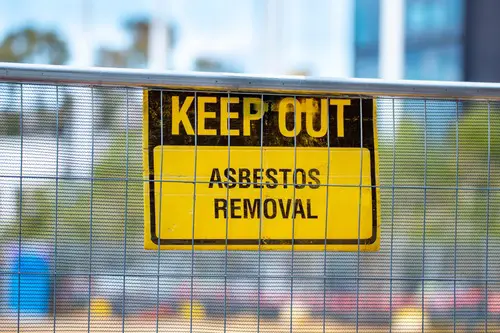
Asbestos was practically a miracle product, sold for its fireproofing abilities. It showed up in insulation, ceiling tiles, and even textured paints. Homeowners and builders alike believed they were protecting their families by using it. For years, nobody warned that inhaling its microscopic fibers could scar the lungs and cause deadly illnesses.
The real dangers came out much later, when cases of asbestosis and mesothelioma skyrocketed. By then, millions of homes had been built with asbestos products that lingered quietly in walls and attics. Even today, renovation crews are told to tread carefully if a home was built before the 1980s. The scary part is that, at the time, it was considered state-of-the-art home protection.
3. Radium Clocks

There was a time when glowing clock faces and watches seemed futuristic and fun. Radium paint was used so people could see the numbers at night. It felt safe because it was sold in everyday items, often displayed in family living rooms and bedrooms. No one warned that the radioactive material gave off harmful rays that could cause cancer.
Workers who painted the dials sometimes fell gravely ill after licking their brushes to get a finer point. Families, meanwhile, had no idea their decorative clocks could be exposing them to radiation. It took years before the dangers were made public. Today, those clocks are seen as eerie relics of a time when glowing paint was considered a household novelty.
4. Mercury Thermometers
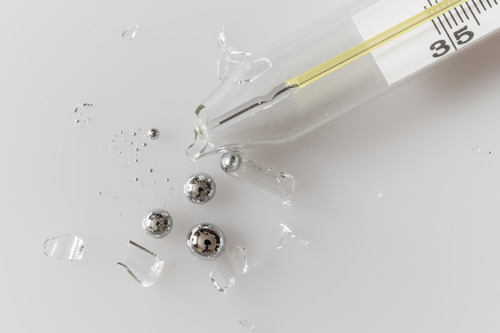
For decades, every bathroom drawer seemed to have a glass thermometer filled with shimmering silver mercury. Parents would shake them down and pop them under a child’s tongue without a second thought. They were sold widely, and few people questioned whether mercury might be unsafe.
But if one broke, the mercury would bead up and release toxic vapors into the air. Kids often found the liquid fascinating to play with, rolling the tiny balls around in their hands. In reality, mercury exposure can damage the nervous system. The danger of one small household accident was much greater than anyone realized at the time.
5. Electric Blankets
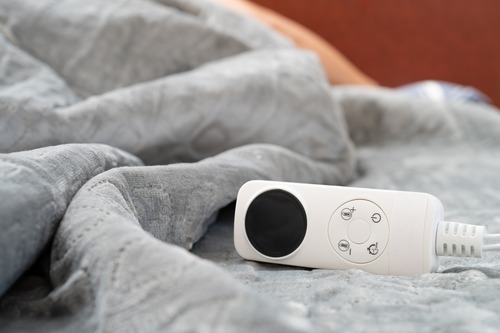
When electric blankets first hit the market, they were advertised as cozy luxuries. Cold winters could be made more comfortable with just the flick of a switch. Families loved the idea of slipping into a perfectly warmed bed, unaware of any risks. What they weren’t told was that these blankets sometimes sparked fires or caused burns.
Older models were notorious for frayed wires hidden under the fabric. Many households left them plugged in overnight, not realizing how quickly things could go wrong. Fires linked to electric blankets became so common that warnings and recalls eventually followed. At first, though, the blankets were sold with nothing but cheerful promises of comfort.
6. Lawn Darts

It’s hard to imagine now, but lawn darts were once sold as a family-friendly backyard game. These weren’t lightweight plastic toys, but heavy, pointed projectiles meant to be thrown high in the air. They were sold without much explanation about the risks of tossing sharp objects around children.
Unsurprisingly, accidents happened often, and some were devastating. Families assumed it was all harmless fun until emergency rooms started seeing more and more dart injuries. The danger was finally acknowledged, and the toys were banned in the late ’80s. But for years, they were marketed as the perfect summer pastime.
7. Kerosene Heaters

Before central heating was widespread, kerosene heaters were pitched as affordable solutions for chilly homes. They were compact, easy to use, and required little more than fuel to keep running. Sales pitches highlighted their convenience, not the risks.
The problem was that they emitted carbon monoxide and carried major fire hazards. People would run them indoors, unknowingly filling their homes with toxic fumes. Many fires were sparked by curtains, clothing, or furniture catching alight. What was marketed as a safe, budget-friendly heating option turned out to be one of the most dangerous household items.
8. Cigarette Lighters Shaped Like Toys
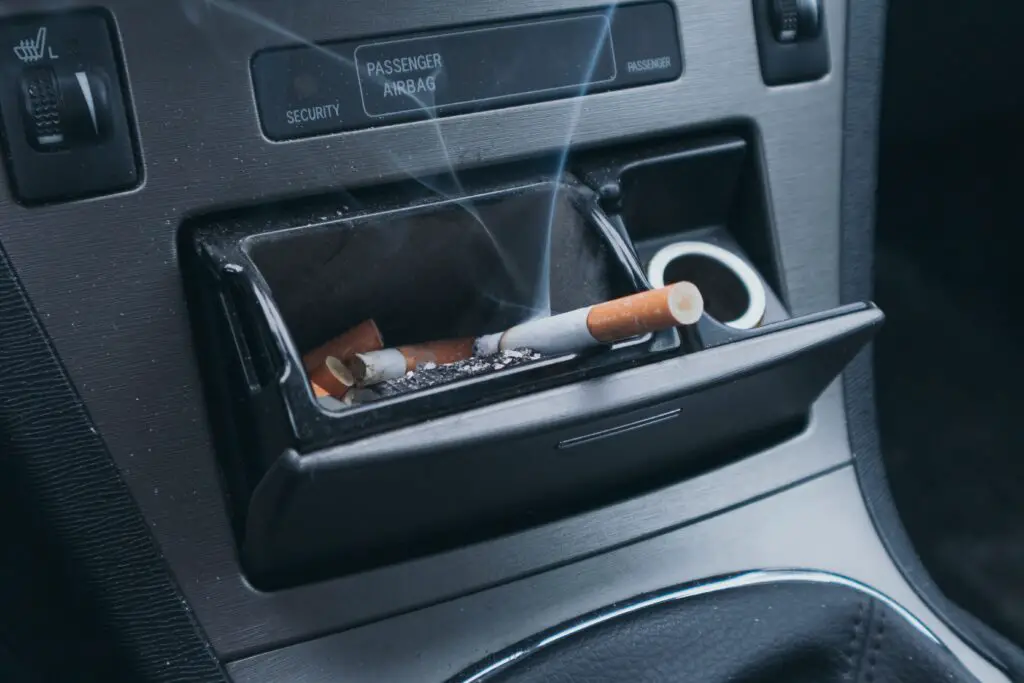
In the mid-20th century, novelty lighters became a quirky collectible. Some were shaped like toy cars, guns, or even cartoon characters. Adults saw them as fun conversation pieces to keep around the house. The problem? Kids saw them as actual toys and played with them.
With no warnings, children could easily start fires or burn themselves. It wasn’t until tragedies piled up that regulators cracked down on how lighters could be designed. It’s a chilling reminder of how something meant to be whimsical could so easily turn deadly in the wrong hands.
9. Polonium Hair Products
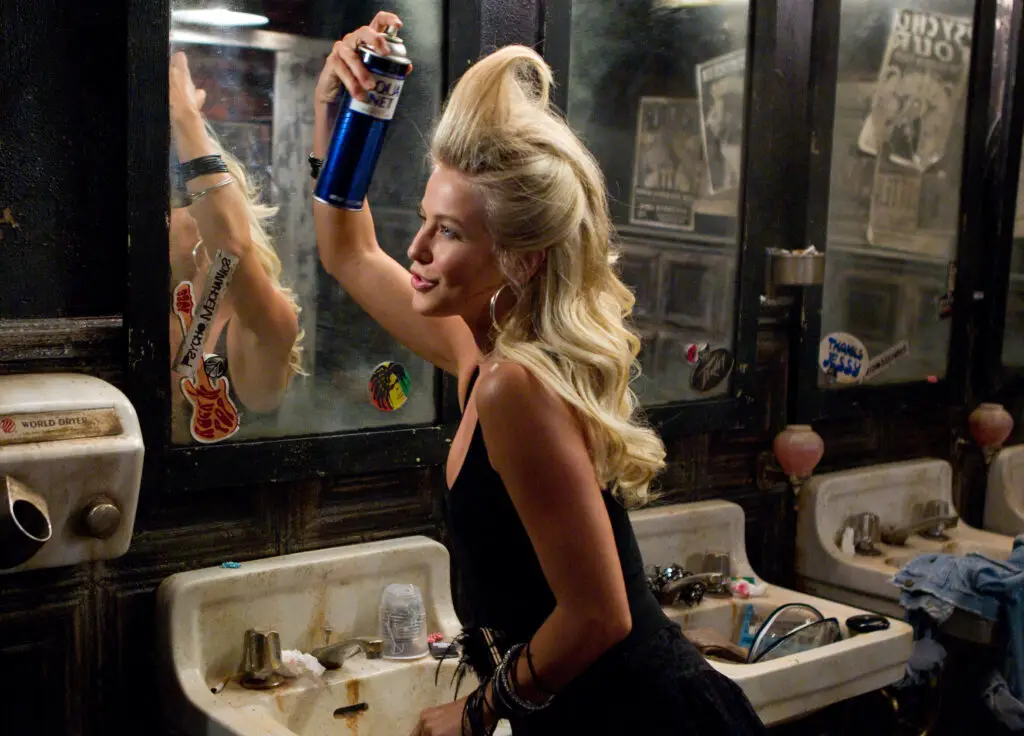
In the early 20th century, beauty companies went all-in on “scientific” advancements. One hair tonic even contained polonium, a radioactive element. It was marketed as a way to stimulate hair growth and keep locks shiny. No one thought to mention that radioactive exposure could cause cancer.
Women rubbed it directly into their scalps, completely unaware of the risks. Looking back, it’s almost unbelievable that such products were sold on store shelves. But at the time, radioactivity was still seen as futuristic and glamorous. The idea that it could be killing users slowly was not part of the sales pitch.
10. Gas-Powered Irons
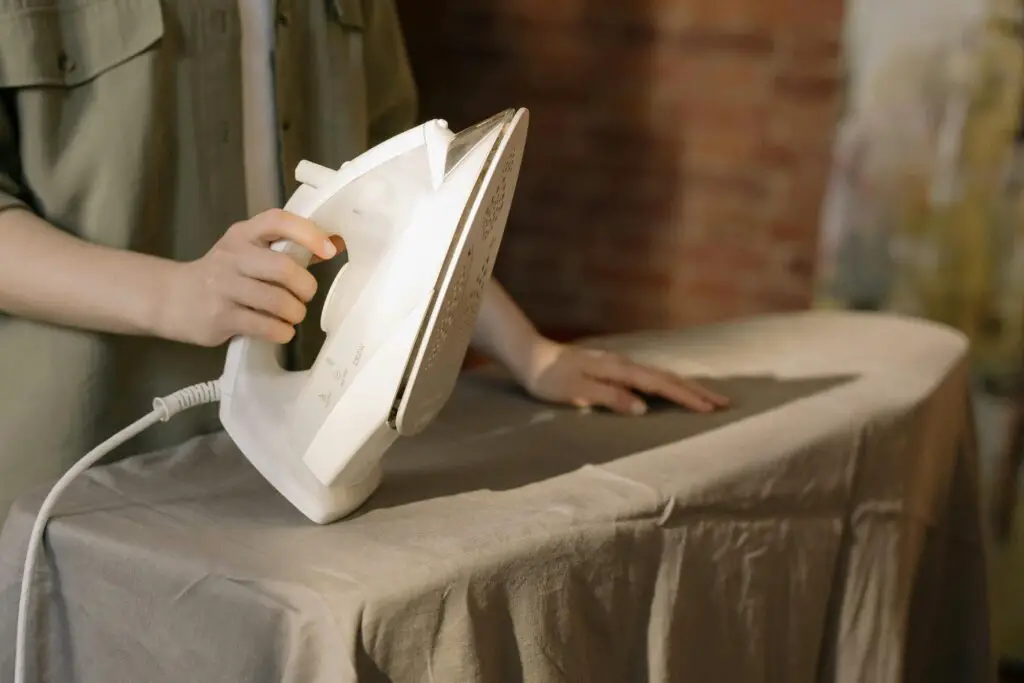
Before electricity was common, irons were heated with gas flames inside them. Housewives would light them up and press clothes, thinking it was the latest modern convenience. They were heavy, hot, and lacked any kind of safety shut-off.
Leaks could fill a room with gas, leading to fires or explosions. Even when they worked “properly,” burns were a constant hazard. People simply accepted the risks as part of household chores. Today, it’s hard to imagine these being marketed as safe everyday appliances.
11. Arsenic Wallpaper
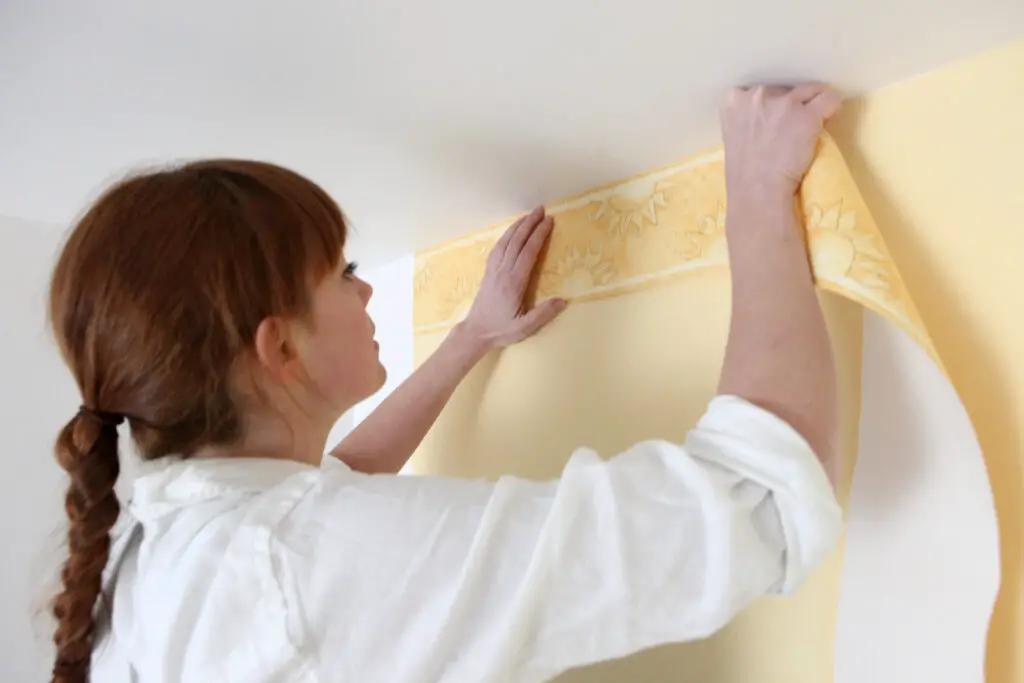
In the Victorian era, wallpaper dyes often contained arsenic. That rich green shade that was so fashionable? It was loaded with poison. Families decorated their homes proudly, without knowing they were surrounding themselves with toxins.
Over time, the arsenic could flake off or even turn into a gas under damp conditions. Breathing it in or touching it could lead to illness and even death. Still, it was sold as a luxury item with no warnings in sight. Beautiful design came at a terrible hidden cost.
12. Toy Chemistry Sets
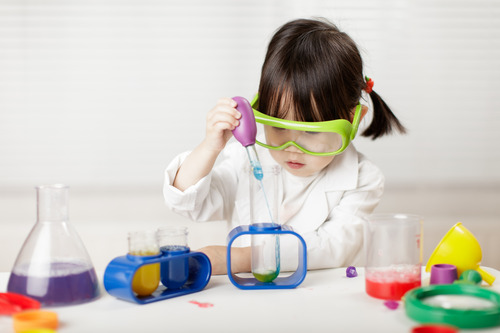
For generations, toy chemistry kits were sold as educational fun. Parents loved the idea of sparking curiosity in young scientists. But many sets included real chemicals—sometimes caustic or flammable—that were anything but child-friendly.
Kids could mix dangerous reactions in their bedrooms, unsupervised. Burns, explosions, and toxic fumes were not uncommon. Yet the packaging made it seem harmless, even wholesome. These sets are remembered fondly by some, but they were much riskier than their cheerful boxes suggested.
